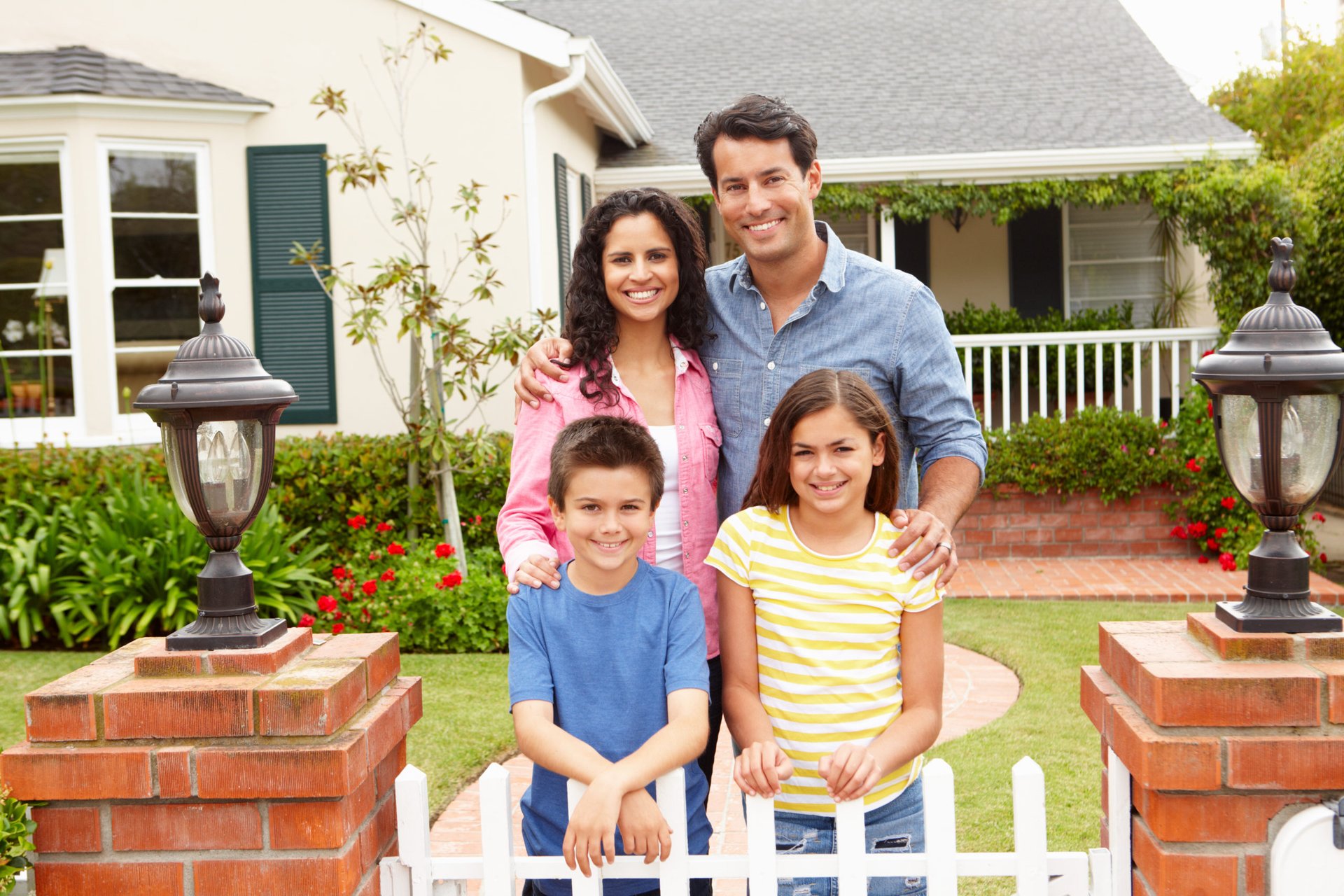
A great neighborhood sells a home, real estate agents say. It also helps your home hold value and makes it easy to sell when you decide to move on.
With all the pressure and excitement of home shopping, how can you know if a neighborhood is truly great? Here are 20 clues that you have found the right location.
1. It meets your specs

Make a list of what you want and don’t want in a neighborhood, and shop for those qualities.
Describing his ideal neighborhood, Jay Walljasper — author of “The Great Neighborhood Book: A Do-It-Yourself Guide to Placemaking” — says he looks for “the invincible spirit of neighborliness [that’s] apparent even to a casual visitor.”
But the concept of what’s ideal varies. Your ideal could be a close-knit community with trees, playgrounds and great schools. Mine might be a downtown block of clubs, shops and condos.
2. You like what you hear

Become an expert on the neighborhood that interests you. Get a feel for it by attending open houses, walking the neighborhood’s blocks, spending time in restaurants and coffee shops, and looking for community gardens.
Have your eye on a specific property? Knock on doors and chat with neighbors on that street. Ask everyone who’ll talk with you about the crime, noise, traffic, neighborhood issues and general pros and cons.
3. You can get a latte

Upscale chains and independent retailers are signs a neighborhood is well-established or on the way up. These businesses signal a degree of affluence.
Also, they’ve typically done market research to assure themselves the neighborhood is stable and worth the investment.
4. You see home improvements
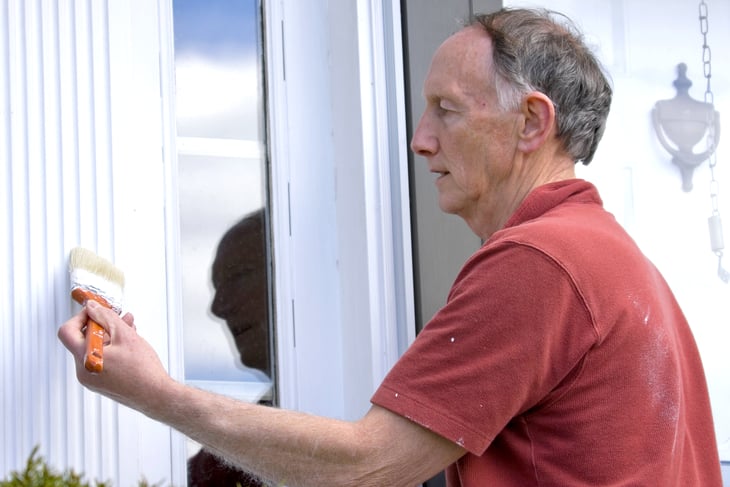
Especially in warm months, look for activity that shows owners are keeping up or investing in their properties. Improvements like new gutters, painting, re-roofing, gardening and landscaping, replacement windows, new fences and decks tell you they have pride in their homes.
5. Neighbors are organized
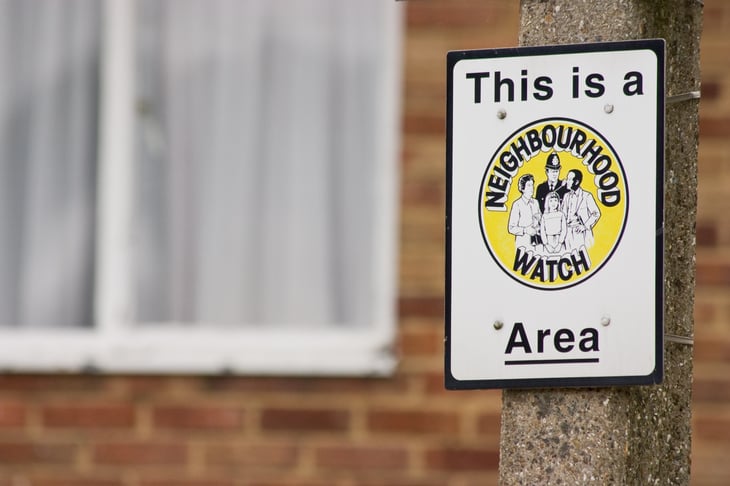
Block watches and neighborhood meetings are signs of a tight community. If you find a neighborhood group, attend a meeting or two to get to know people and ask questions. Subscribe to neighborhood newsletters.
6. People are out on the streets

Seeing people on sidewalks or children walking to school and playing in parks tells you that they feel safe, and that they enjoy the neighborhood in which they live.
7. It passes muster after dark
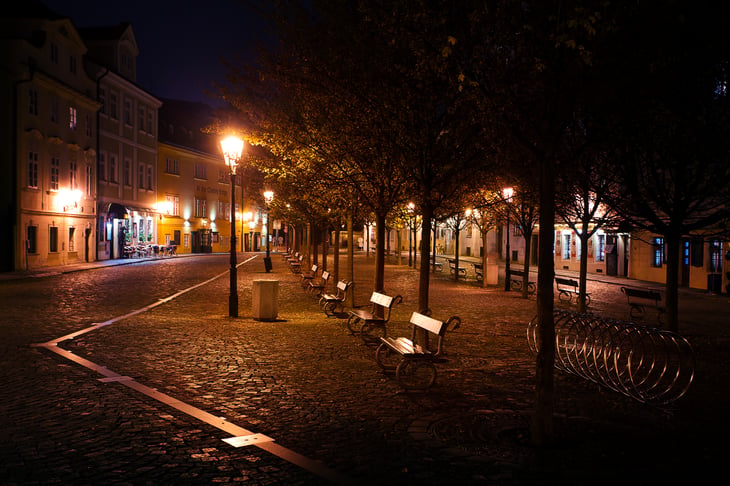
Don’t think you know a place if you’ve only seen it in the middle of a weekday. Return repeatedly, at night and on weekends, to get a realistic picture.
8. Crime numbers are low

Don’t buy into a neighborhood without checking its crime statistics. Check municipal police department websites for statistics or search local newspaper sites.
9. School test scores are strong

Where school test scores are strong, home prices are high. Search the GreatSchools website for ratings of schools in the neighborhood you’re considering. The nonprofit’s ratings are based on academic data such as standardized test scores.
10. It’s walkable

Do cars dominate? Or do sidewalks and streets encourage pedestrians and bicyclists? Sidewalks wide enough for outdoor cafes, benches and strolling give a place a neighborly feel.
Look up an address or ZIP code on the Walk Score website or mobile app to obtain a “walkability” rating for neighborhoods or cities. Scores range from zero (“car dependent”) to 100 (“walker’s paradise”). They are based on walking distances to area amenities, population density and road metrics like block length.
11. Bus stops abound

Can you easily find buses, subways and rail lines nearby? These can be attractive features in a neighborhood, although you may not want to live right next to such stops.
12. It’ll work for you for 5 to 7 years
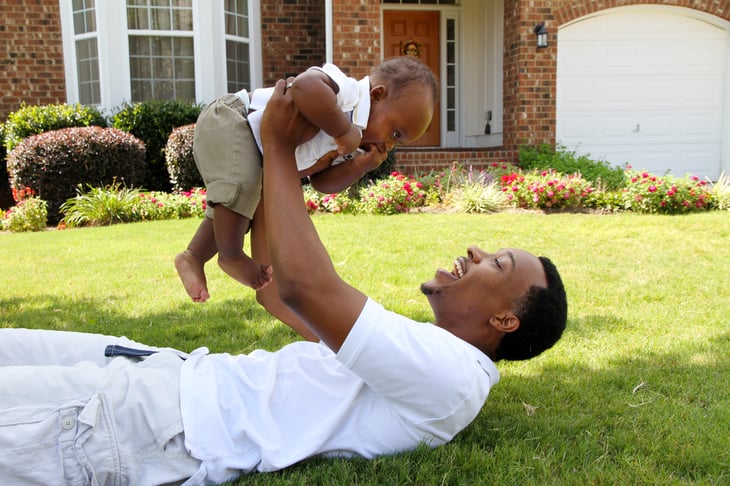
So, a hip, edgy, gentrifying downtown district is your dream location right now? But will it work later, if you add children or an aging parent to your household? Or if you change jobs?
Don’t count on being able to sell and move quickly. Instead, make sure the neighborhood suits your needs for at least the next five years.
13. Ownership is high
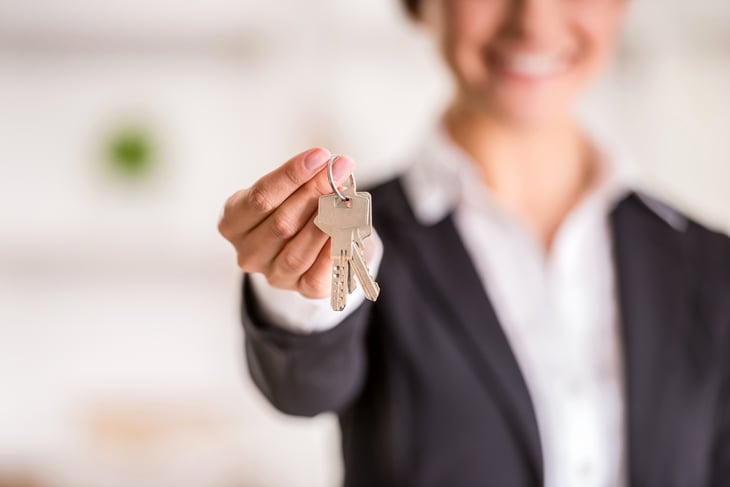
Neighborhoods with high homeownership rates are more stable. However, there are exceptions. For example, you can expect renters to outnumber buyers in expensive places like New York City and San Francisco.
Typically, renters are more mobile than homeowners. Longtime residents watch out for one another, making for a safer community.
14. Homes sell quickly
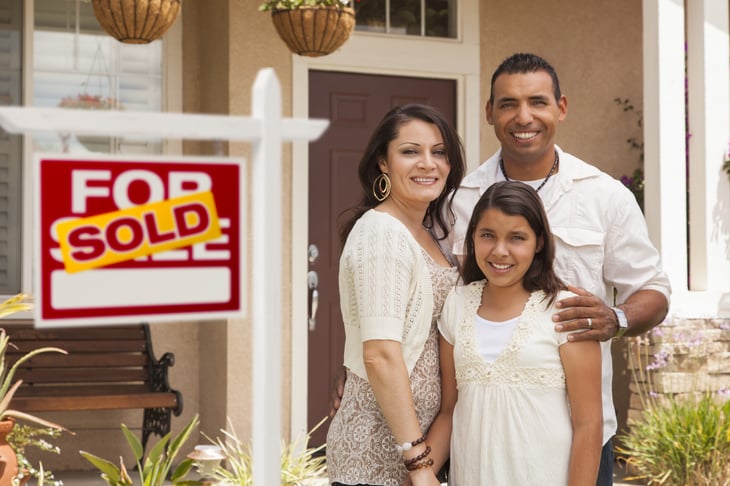
Fast turnaround of homes for sale indicates a neighborhood in hot demand. A real estate agent can run “comps” (short for “comparables”) to tell you how quickly homes are selling.
Other clues to a neighborhood in demand include employers moving in with new jobs, a growing population and a limited supply of homes for sale.
15. Homes hold value

You can find historical sale prices in a county’s property tax records. Many counties put these online. Or ask your real estate agent for neighborhood sales trends.
If you’re considering a bargain home in a neighborhood of foreclosures, consider whether future homebuyers would want this neighborhood when you are ready to sell.
16. The commute is doable
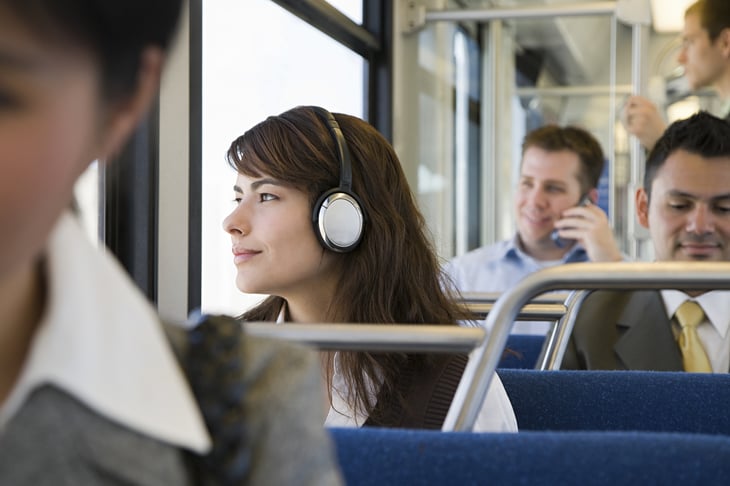
Homes located close to major employers and in city centers usually are in high demand.
17. City services are good
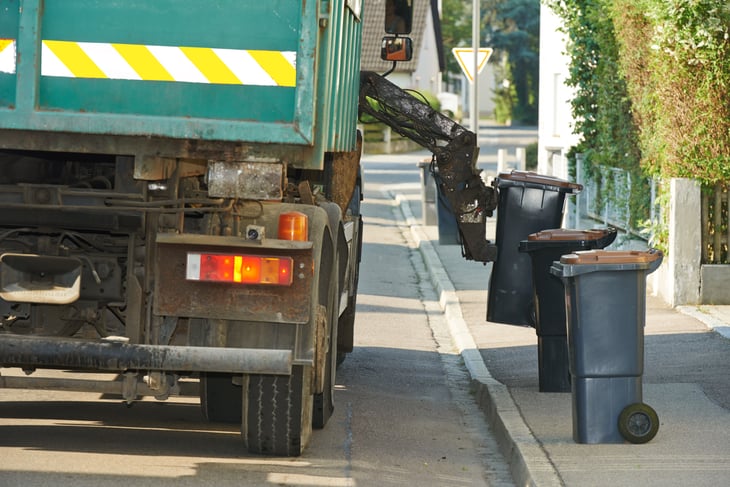
Is the trash picked up? Are streets paved and well-maintained? Beware of broken streetlights, cracked sidewalks and vacant homes with cracked windows and an overgrowth of weeds.
18. You see plenty of churches
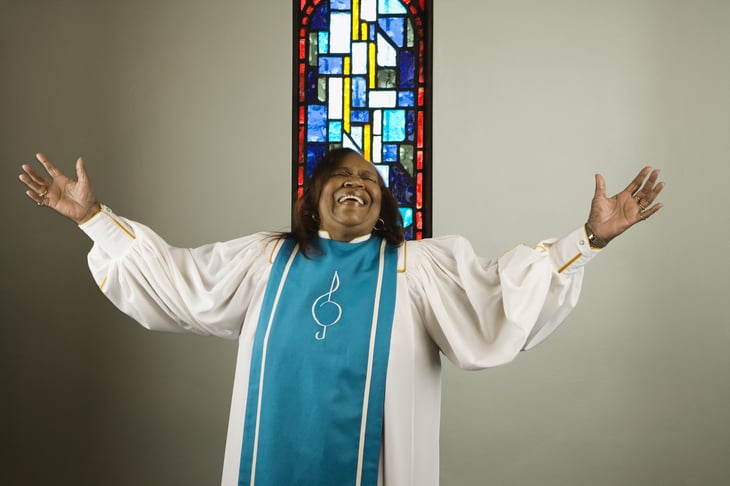
You don’t have to be religious to appreciate that churches, mosques and synagogues are signs of community strength, and evidence that residents are connected and invested.
19. It has police and fire stations
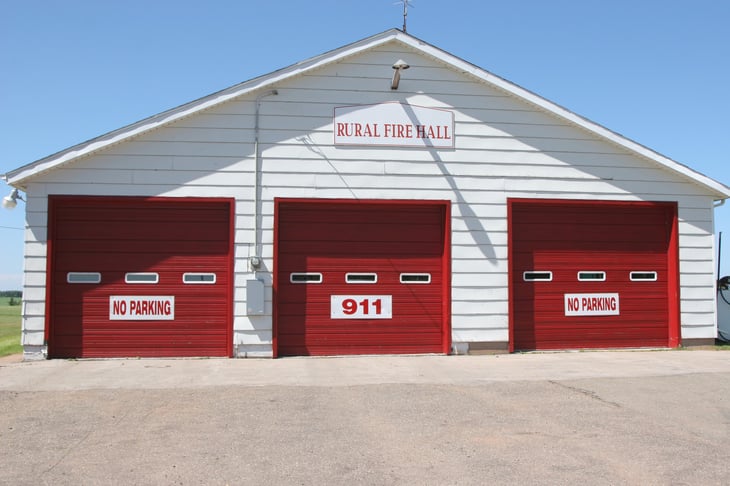
Find the nearest fire and police stations and fire hydrants. Nearby public safety services add to a sense of neighborhood security. Also, a firehouse nearby might even mean lower homeowners insurance premiums.
20. (Good) change is coming
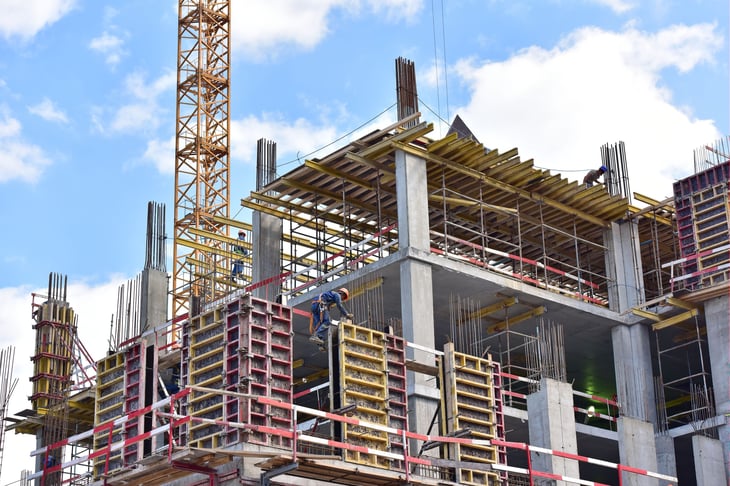
Major economic development can change neighborhoods dramatically. So, find out what’s going on in your prospective neighborhood.
One parting tip: Before you start looking for a house, shop for a mortgage to learn how much you can borrow. That way, you’ll know how much house you can afford before you get emotionally invested in a particular property. Stop by our Solutions Center to find the best mortgage rates.
Do you have other hints to add to this list? Share them with us in the comments below or on our Facebook page.





Add a Comment
Our Policy: We welcome relevant and respectful comments in order to foster healthy and informative discussions. All other comments may be removed. Comments with links are automatically held for moderation.